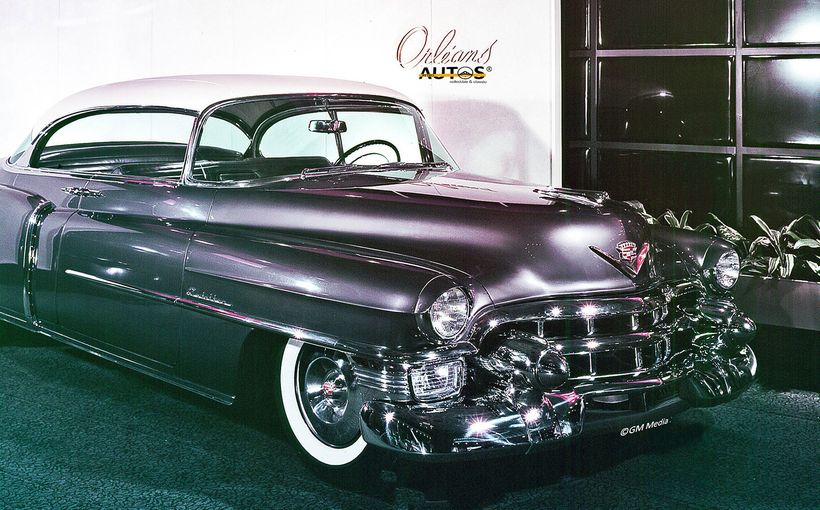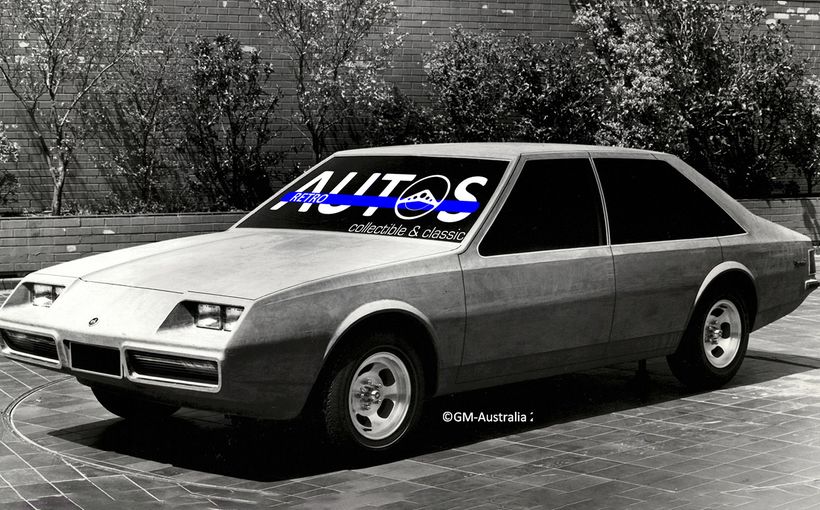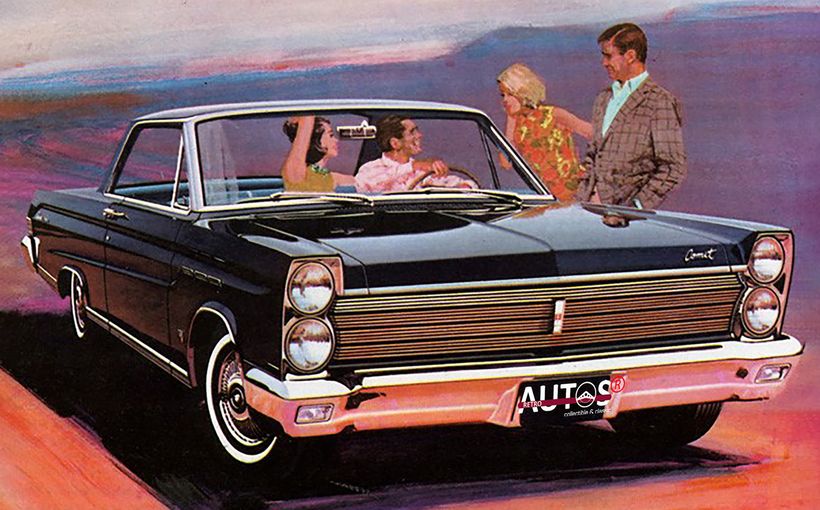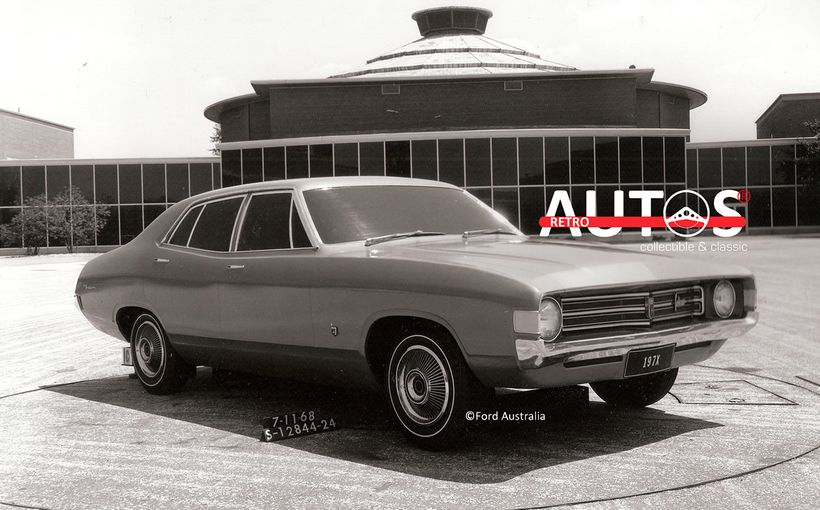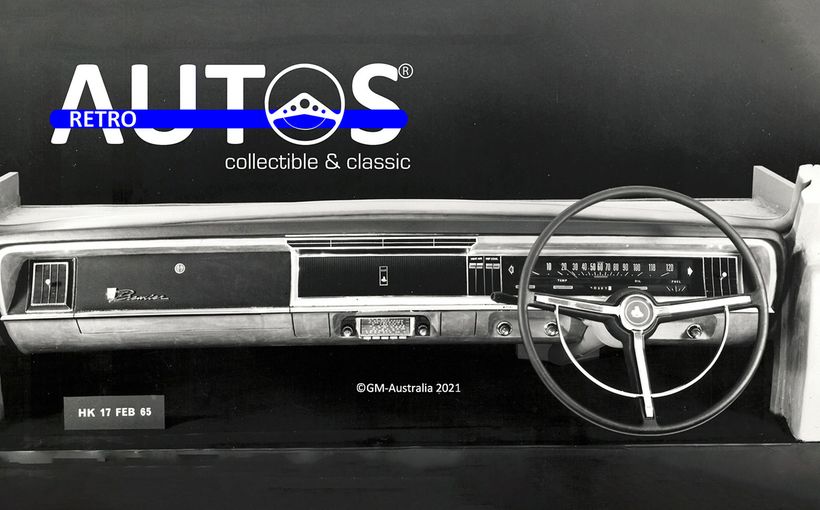
There are many memorable and celebrated vehicles in Ford’s long history. But there are others which have largely been forgotten. Here are four that I reckon deserve reassessment, and for which Ford should take more credit. One changed the “face” of cars forever.

If Ford boss, Lee Iacocca, had been as astute as he claimed to be, he would have taken more interest in the UK’s 1961 Ford Capri hardtop coupe and realised it had most of the attributes he envisioned for a sporty American coupe. But he didn’t.
Instead, Iacocca and a small team spent 18 months evaluating market research and many styling proposals. They finally decided to re-cloth the Falcon and call it the Mustang. I featured the saga and photos of the Mustang’s development in a previous Retroautos®. There’s a link at the end.
Just like the Mustang, the Capri was based on a family sedan, the 1961 Classic. Its genesis was a “what if” idea from UK’s styling studios in late 1957. The studios were managed by 27-year-old Colin Neale.
Neale is an underappreciated car designer. His resume at Ford in the UK includes the MkII Consul/Zephyr/Zodiac, 1959 Anglia and Classic. In 1958 he moved to the USA and contributed to the 1961 Lincoln and Thunderbird. Neale shifted to Chrysler in 1962, where he was design chief of its international studios and worked on Australian Valiants, including the Charger.
Code named “Sunbird”, the coupe won enthusiast approval of Ford’s top executives. They saw it adding much needed American-style glamour to enliven the Classic, which looked like a bigger 1959 Anglia.

To save costs, Neale and his team had to use the Classic’s body below the beltline. The sedan’s boot lid was also carried over. That’s why the roof is so short, creating a 2+2 rather than a genuine four-seater. Despite the restrictions, the designers did an excellent job, creating a smaller version of the 1960 Ford Galaxie Starliner.

The downside of the Capri was that the svelte looks did not offset lack lustre performance. It had inherited the hefty weight of the Classic, which carried more than 70kgs of inner panels and brackets that served no structural purpose.

The Capri appeared in September 1961, three months after the Classic. Even before it was launched, the UK executives knew the Classic was not the right car to fill the gap between the Anglia and Zephyr/Zodiac. They instigated a fast-track program to develop a similar sized but much lighter car that was purposefully designed for efficient and economical production. It became the Cortina. The Classic was terminated in October 1963. Capri production continued until mid-1964.
There is no doubt the Capri has been overshadowed by the success of the Cortina and 1969 Capri. The short tenure of the Classic has also contributed to its relegation as a forgotten Ford. For me, however, the Capri is Ford’s best UK design of the 1960s, until the ‘69 Capri arrived. It is time it was given recognition in Ford’s history and for being the stylish predecessor to the Mustang.
When he was at Chrysler, Colin Neale bought a Capri and had it shipped to the USA. He never sold it.

Ford’s First Front Wheel Drive

The P4/12M Taunus—code named Cardinal—was launched in Germany in September 1962. It was Ford’s first front wheel drive (FWD) production car and boasted a new V4 engine. It deserves to be celebrated, not forgotten, for this bold advance.

The P4 was originally two separate projects in the USA and Germany. Both targeted VW’s Beetle. Ford’s then general manager, Robert McNamara, was the car’s strongest supporter. He liked simple, plain cars, like the Falcon, which he had also championed.
In the USA, McNamara envisioned the P4 as a small Falcon. Over in Germany, it would replace the 12M Taunus, Ford’s small car which had been on sale since 1953.
Depending on what books or magazine stories you read, Ford in the UK had either some participation in the P4’s development or none. What we do know is that it was allowed to develop the Cortina rather than accept the P4. No surprise there. Back in those days the big three US car companies gave their international subsidiaries reasonable freedom to develop country/regional specific cars.

After exploration of various drive train layouts and engine locations, the two projects were progressively combined during 1959 into the FWD configuration. Release was scheduled for late 1962. Development and styling would be rushed.

The FWD system was innovative. The V4 engine, transmission, steering, wheels, brakes and suspension (a transvers leaf spring) were all combined as one subframe, called the “pony pac.” The pony pac was to be built in Germany and then bolted to the rest of the car, either in Germany or the USA.
The rushed development meant the pony pac generated many problems, some of which were still unresolved as the release date drew closer. Meanwhile, Ford had invested millions of dollars in additional production capacity at its Louisville, Kentucky factory to build the P4. Then, just months away from its release, Henry Ford II (HFII) cancelled it in the USA.

Plausible reasons have been stated for the cancellation. One is that the P4 would undermine the Falcon’s sales. Another was that there were just too many unsolved mechanical problems. Accountants also discovered that, although the P4 was to be priced less than the Falcon, it cost more to build.
There is no doubt, however, that the pivotal person in the cancellation was McNamara’s successor, Lee Iacocca. In his self-named autobiography, Iacocca says he reviewed the P4 project and advised HFII, and the Ford Board, that it was another Edsel. He also thought “the styling was lousy”, the car would not meet its sales target and not make any money.
And what of the P4’s production capacity at Louisville? It was allocated to a project Iacocca was promoting, the Mustang.

The P4 was restricted to Germany, and parts of Europe, where it was known as the 12M. It sold a healthy average of 150,000 units per year during its four-year run. Some years it outsold the Cortina. Ironically, the pony pac was used on the fully operational Mustang I concept car. It was placed mid-car and drove the rear wheels.

Since its release, the P4 has been on the sidelines of automotive history. And yet, in 1962 it set a technological benchmark for small-ish mainstream family cars equal to that of BMC’s 1100 range. Time for a reappraisal of its significance.

Breezeway: Gone with the Wind

The Breezeway—a powered, retractable rear window on a sedan—was Mercury’s and Lincoln’s attempt to improved ventilation before air-conditioning became an affordable option. It was not a new idea. Hand cranked versions had been around since the 1930s, pickup trucks had a sliding rear window and the 1956 Nash Rambler station wagon featured America’s first retractable tail gate window.
Testing of powered glass began on a 1953 Mercury concept car, the D528. It necessitated a reverse angle rear pillar. I featured the D528 in a previous Retroautos®. There’s a link at the end.

The breezeway was launched on the 1957 Mercury Turnpike Cruiser, which itself was based on a 1956 concept. The Cruiser was advertised as a “dream car come true” with “breezeway ventilation”. Buyers disagreed. Less than 24,000 were sold over two years. It is debatable if the low sales were due to the breezeway or because the Cruiser’s chrome laden and tortured sheet metal made it the epitome of American automotive excess.
Meantime, Lincoln’s designers employed the breezeway to give the 1958-60 Continental an exclusive appearance.




In 1963, to improve stagnating sales, Mercury gave the breezeway another try, applying it to every full-sized sedan and hardtop in their range. It was not a success. Maybe it was because of the breezeway or maybe it was that the 1963-66 models looked like Fords with a 1958 Lincoln roof? Whatever the reason for the sales slippage, the breezeway was progressively restricted to fewer and fewer models. Its final appearance was in 1968.


Flow through ventilation and affordable air-conditioning relegated the breezeway to automotive obscurity. I give full marks to Ford for persevering with the idea for over a decade. In the 21st century, a form of breezeway lives on in pickup trucks.

Global design influence
The horizontal grille of the 1938 Lincoln Zephyr “created panic at GM”. So wrote Michael Lamm and David Holls in their book A Century of Automotive Styling.

GM’s design supremo, Harley Earl, was a proponent of tall vertical grilles, believing they delivered a message of power and dominance. He’d been able to ignore the horizontal grille on the 810/812 Cord, because the Auburn-Cord-Duesenberg company was going out of business.


But the Zephyr was a different matter. It was a worthy competitor to Buick and Cadillac. Earl intuitively understood what this new grille signified. It was the future. He immediately ordered the implementation of horizontal grilles across all GM brands, beginning with the 1939 Buick.

In his book Edsel Ford and ET Gregorie Henry Dominguez says Ford design boss, E.T. “Bob” Gregorie admitted that he was not intending to start a design revolution. Rather, he had been asked to help solve the overheating problems in the 1936-37 Zephyrs.
The Zephyr’s cooling fan was attached directly to the engine’s crankshaft and was positioned so low that it could not draw sufficient air across the total face of the radiator. Gregorie’s simple and effective solution was to place the radiator horizontally between the chassis rails and re-design the grille so that it was low and wide.


The horizonal grille encouraged car designers to explore a lower, wider appearance. Previously separate fenders were absorbed into the body and headlights were incorporated into grilles.
What Gregorie achieved on the 1938 Zephyr was a permanent shift in the front-end visuals of the automobile that has endured ever since. Yet the car that started it all is forgotten. Once again, it is time this car is recognised for its importance.

Retroautos® is written and published by David Burrell with passion and with pride. Retroautos® stories and images are copyrighted. Reproducing them in any format is prohibited. Retroautos® is a registered trademark. Reproducing it in any format is prohibited.
Links: Mustang: design to driveway, Mercury D528 concept car story.



